Kim Plunkett
A Neural Network Model of Lexical Competition during Infant Spoken Word Recognition
Jun 01, 2020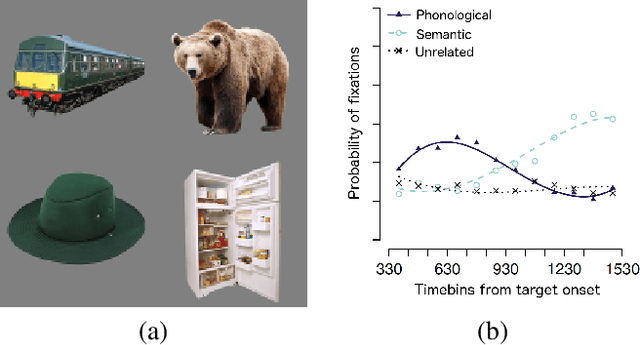
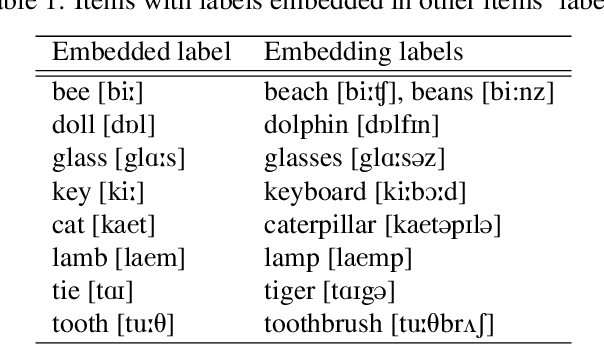
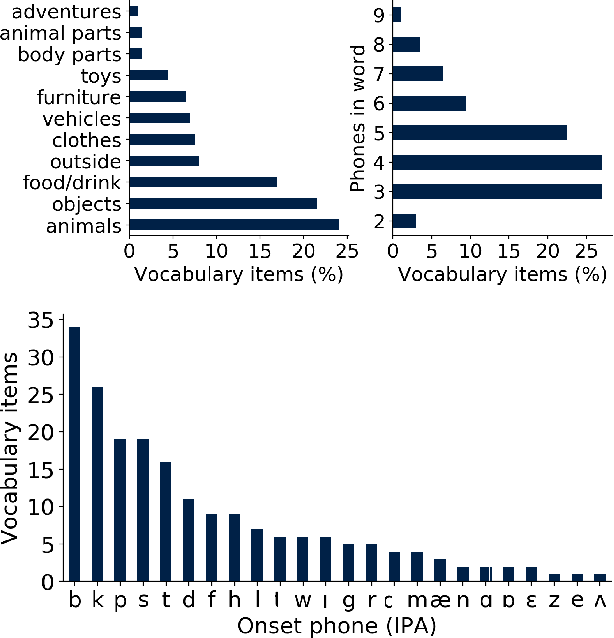
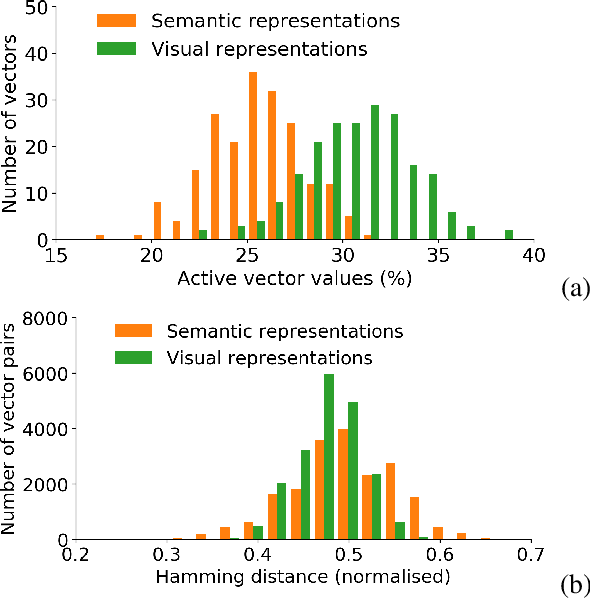
Abstract:Visual world studies show that upon hearing a word in a target-absent visual context containing related and unrelated items, toddlers and adults briefly direct their gaze towards phonologically related items, before shifting towards semantically and visually related ones. We present a neural network model that processes dynamic unfolding phonological representations and maps them to static internal semantic and visual representations. The model, trained on representations derived from real corpora, simulates this early phonological over semantic/visual preference. Our results support the hypothesis that incremental unfolding of a spoken word is in itself sufficient to account for the transient preference for phonological competitors over both unrelated and semantically and visually related ones. Phonological representations mapped dynamically in a bottom-up fashion to semantic-visual representations capture the early phonological preference effects reported in a visual world task. The semantic-visual preference observed later in such a trial does not require top-down feedback from a semantic or visual system.
Self-organizing maps and generalization: an algorithmic description of Numerosity and Variability Effects
Feb 26, 2018
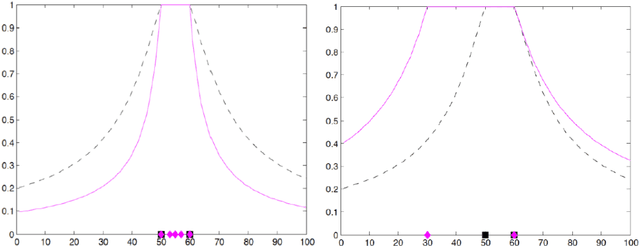
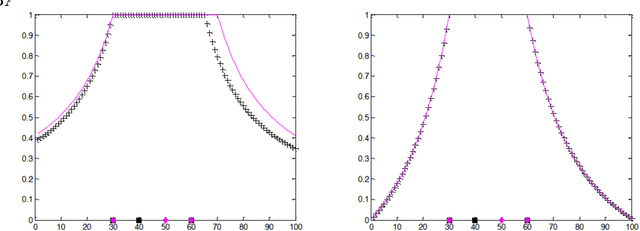
Abstract:Category, or property generalization is a central function in the human cognition. It plays a crucial role in a variety of domains, such as learning, everyday reasoning, specialized reasoning, and decision making. Judging the content of a dish as edible, a hormone level as healthy, a building as belonging to the same architectural style as previously seen buildings, are examples of category generalization. In this paper, we propose self-organizing maps as candidates to explain the psychological mechanisms underlying category generalization. Self-organizing maps are psychologically and biologically plausible neural network models that learn after limited exposure to positive category examples, without any need of contrastive information. Just like humans. They reproduce human behavior in category generalization, in particular for what concerns the well-known Numerosity and Variability effects, which are usually explained with Bayesian tools. Where category generalization is concerned, self-organizing maps are good candidates to bridge the gap between the computational level of analysis in Marr's hierarchy (where Bayesian models are situated) and the algorithmic level of aanalysis in Marr's hierarchy (where Bayesian models are situated) and the algorithmic level of analysis in which plausible mechanisms are described.
 Add to Chrome
Add to Chrome Add to Firefox
Add to Firefox Add to Edge
Add to Edge